




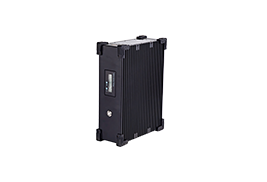
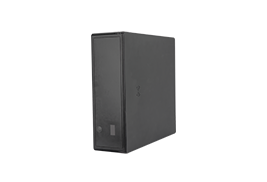
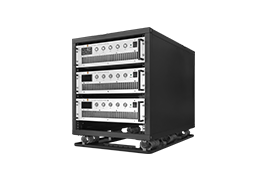
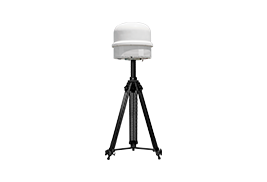
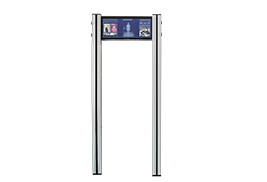



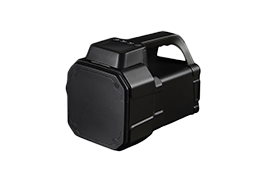
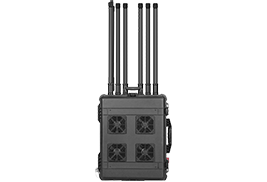
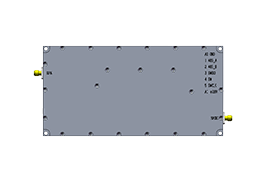
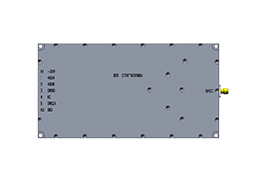
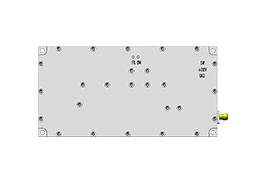
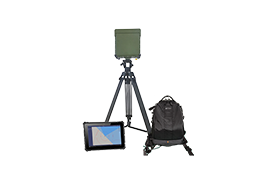

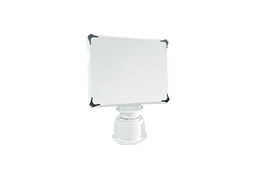
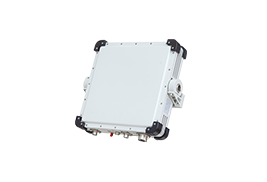



 X
X







 GLOBAL / ENGLISH
GLOBAL / ENGLISH

Applications of Signal Jammers
There are many legal and appropriate uses for signal jammers across personal, commercial, and government applications:
Maintaining exam integrity in schools and blocking cheating
Enhancing security in prisons by preventing illicit cell phone use
Protecting corporate data and meetings from unauthorized surveillance
Allowing focused learning without disruptions in schools and universities
Blocking distractions and interruptions during events, prayers, and performances
Preventing cell phone use in restricted locations like gas stations and hospitals
Countering the threat of spy drones over private property or secure sites
Signal jammers help create controlled spaces free from disruptive signals for improved productivity, security, and public safety.
Signal Jammers in Schools and Exams
Signal jammers play a vital role in schools and exam halls to prevent cheating. Cell phones have become small computers capable of browsing the internet, communicating with others, and accessing stored information. This makes them ideal cheating tools.
Full-spectrum signal jammers create a “no cell phone zone” in exam rooms and classrooms when students need to focus without disruptions from apps and social media. They ensure fair testing and enhance the learning environment.
Signal Jammers in Prisons
Contraband cell phones smuggled into prisons enable inmates to continue criminal activity. Prison cell phone jammers help prevent this by blocking unauthorized communications from inmates within prison facilities.
High power models can cover entire prison compounds to mitigate the risk of phones being used for dangerous or illegal behavior.
Signal Jammers for Privacy
Signal jammers prevent corporate espionage and unauthorized surveillance. Sensitive business meetings can be shielded from prying ears with portable briefcase jammers. Vehicle models protect against GPS tracking of your car’s movements.
Even at home, jammers block disruptive signals allowing for peaceful focus time without constant notifications and distractions from your devices.
Drone Defense with Signal Jammers
Unmanned hobby and surveillance drones rely on radio signals for navigation and control. Drone jammers interfere with these radio links causing the drones to lose connection with their operator.
This allows security teams to counter intruding drones in restricted airspace over government sites, private property, or public venues by forcing them to land or return to their launch point.
Legal Status of Signal Jammers
United States
The Federal Communications Commission (FCC) prohibits the use or sale of signal jammers by the general public in the USA. However, there are exceptions for limited use by federal agencies and state personnel to protect public safety operations.
Canada
Signal jammers are generally prohibited in Canada under the Radiocommunication Act enforced by Innovation, Science and Economic Development Canada.
Exceptions may be granted for limited use by law enforcement, military, and other authorized users for protecting public security. Individual permissions must be obtained for legal operation.
United Kingdom
It is illegal to use signal jammers in the UK as it can block critical communications like emergency services. The maximum penalty is up to six months imprisonment. There are no exceptions made for personal use. Only certain authorized organizations in aerospace, corrections, military, and law enforcement may utilize jammers.
China
Signal jammers are completely legal to purchase and operate in China, leading to widespread usage in cars, schools, and businesses.
While personal jammers must not interfere with aviation frequencies, there are currently minimal regulations on general public usage of signal blockers across China.
Factors Affecting Jammer Effectiveness
Several factors impact how well a signal jammer can block wireless signals. Consider these when purchasing and setting up jammers:
Transmit power – Higher transmit power enables greater jamming range
Number of bands covered – Wide-spectrum jammers block more signal types
Gain of directional antennas – Focuses jamming power in specific directions
Proximity to target devices – Closer to the devices results in better jamming
Building layout and infrastructure – Can attenuate signal strength and limit range
Jamming duration – Effectiveness decreases over longer jamming periods
Installing jammers near the center of coverage areas away from obstructions maximizes their disruption capability.
Jammer Power Output Comparison
Jammer Type Typical Range Output Power
Portable 5 – 20 meters < 1 Watt
Remote Control 20 – 60 meters 1 – 4 Watts
High Power 50 – 300 meters 5 – 12 Watts
How to Choose the Right Signal Jammer
Consider the following when selecting a signal jammer for your needs:
Required coverage range
Size and portability needs
Desired frequency bands to block
Available power sources and connectivity
Maximum budget
Relevant legal regulations in your region
Matching the jammer configuration correctly for your specific application ensures optimal effectiveness. Consulting with experienced suppliers will help select suitable models.
Some Thoughts
Advancement in cellular networks and wireless standards will require signal jammers to continuously evolve as well.
The rollout of 5G networks necessitates new interference products that can block emerging frequency bands up to 6GHz. High bandwidth 5G signals also pose challenges for effective blocking which device manufacturers will need to solve.
The cat-and-mouse game between wireless communication and disruption technologies will drive further innovations in smart jamming approaches. Future digital signal jammers will dynamically adapt to block ever-changing communication protocols.
Sophisticated directional jammer antennas will enable more targeted blocking of signals from specific sources rather than indiscriminately jamming entire areas.
Finally, there are efforts to make jamming more ethical through technologies like “stingray” IMSI catchers that trick phones into connecting with them before disconnecting service. Such techniques may reduce excessive jamming of unintended devices.












